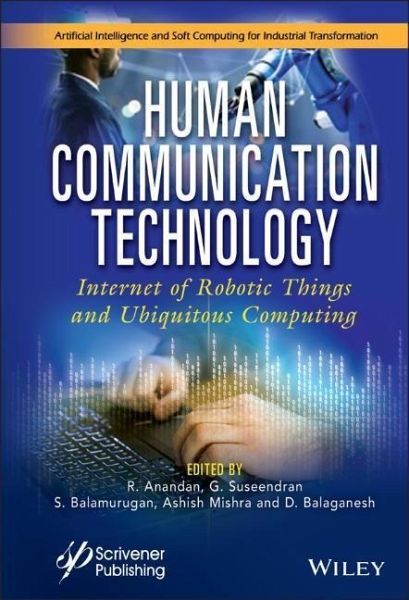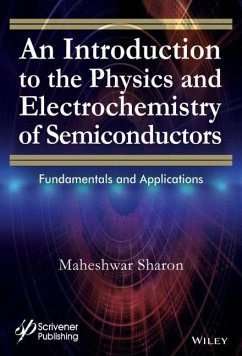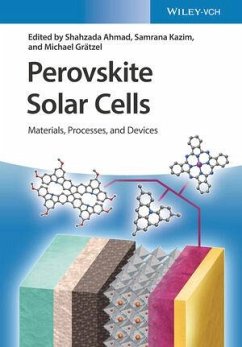
Human Communication Technology
Internet-Of-Robotic-Things and Ubiquitous Computing
Herausgegeben: Anandan, R.; Suseendran, G.; Balamurugan, S.; Mishra, Ashish
Versandkostenfrei!
Versandfertig in über 4 Wochen
217,99 €
inkl. MwSt.
Weitere Ausgaben:

PAYBACK Punkte
109 °P sammeln!
In den 16 Kapiteln dieses Buches werden neue Architekturen, Vernetzungsparadigmen, vertrauenswürdige Strukturen und Plattformen für die Integration von Anwendungen in verschiedenen Geschäftsbereichen und Branchen erörtert, die für die Einführung (stationärer oder mobiler) ?intelligenter Dinge? in kollaborativen autonomen Flotten erforderlich sind. Die neuen Anwendungen beschleunigen den Fortschritt der Paradigmen beim Design autonomer Systeme und die Verbreitung des Internets der robotischen Dinge (IoRT). Kollaborative robotische Dinge können im IoRT mit anderen Dingen kommunizieren, s...
In den 16 Kapiteln dieses Buches werden neue Architekturen, Vernetzungsparadigmen, vertrauenswürdige Strukturen und Plattformen für die Integration von Anwendungen in verschiedenen Geschäftsbereichen und Branchen erörtert, die für die Einführung (stationärer oder mobiler) ?intelligenter Dinge? in kollaborativen autonomen Flotten erforderlich sind. Die neuen Anwendungen beschleunigen den Fortschritt der Paradigmen beim Design autonomer Systeme und die Verbreitung des Internets der robotischen Dinge (IoRT). Kollaborative robotische Dinge können im IoRT mit anderen Dingen kommunizieren, selbständig lernen, sicher mit der Welt, Menschen und anderen Dingen interagieren und sich Eigenschaften wie Selbstwartung, Selbstwahrnehmung, Selbstheilung und Ausfallsicherheit aneignen. Durch die Allgegenwärtigkeit der robotischen Dinge gewinnt das ?Internet der robotischen Dinge?, das die Sensoren und die Objekte robotischer Dinge miteinander verbindet, zunehmend an Popularität.













